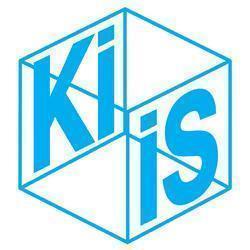Data Set
Patterns of Language Use among Adults in Ukraine, 1991-2024
Merged data from nationwide public opinion surveys conducted by the Kyiv International Institute of Sociology
Version 1.0, published: Nov. 4, 2025.

Description
This merged dataset presents data on language use among Ukraine’s adult population, covering public language (language of interview), home language, and self-identified native language. The data were collected through nationwide representative public opinion surveys conducted by the Kyiv International Institute of Sociology (KIIS) between 1991 and 2024.
Language variables included in the dataset:
• Preferred interview language – the language the respondent finds most comfortable using during the interview. This is a standard part of technical survey information. Data cover the period 1994–2024, with multiple waves per year (total number of surveys: 141).
• Interviewer’s assessment of the language actually used – classified as Ukrainian, Russian, or mixed forms. This variable is also a standard part of technical survey documentation. Data cover 1996–2024, with multiple waves per year (total surveys: 136), including 112 using a 3-category scale, 13 using a detailed 5-category scale, and 11 using a detailed 6-category scale.
• Home language – responses to the question “Which language do you usually speak at home?” with options: Ukrainian, Russian, both Ukrainian and Russian, or another language. Data cover 1994–2024, including annual surveys in 1994, 1996, 2006, 2014, and multiple waves per year in 2019–2020 and 2022–2024 (total surveys: 24).
• Native language – responses to the question “What is your native language?” with options: Ukrainian, Russian, or another language (single choice). Data cover 1991–2011, with six survey waves in total.
The dataset also includes socio-demographic variables such as gender, age, education, nationality, occupation, self-assessment of financial situation, and place of residence (oblast, type of settlement).
The data is available in an SAV format (Ukrainian, Russian, English) as well as a converted CSV format (with a codebook).
The Data Documentation includes a short overview and discussion of survey results, along with frequency tables for additional detail.
